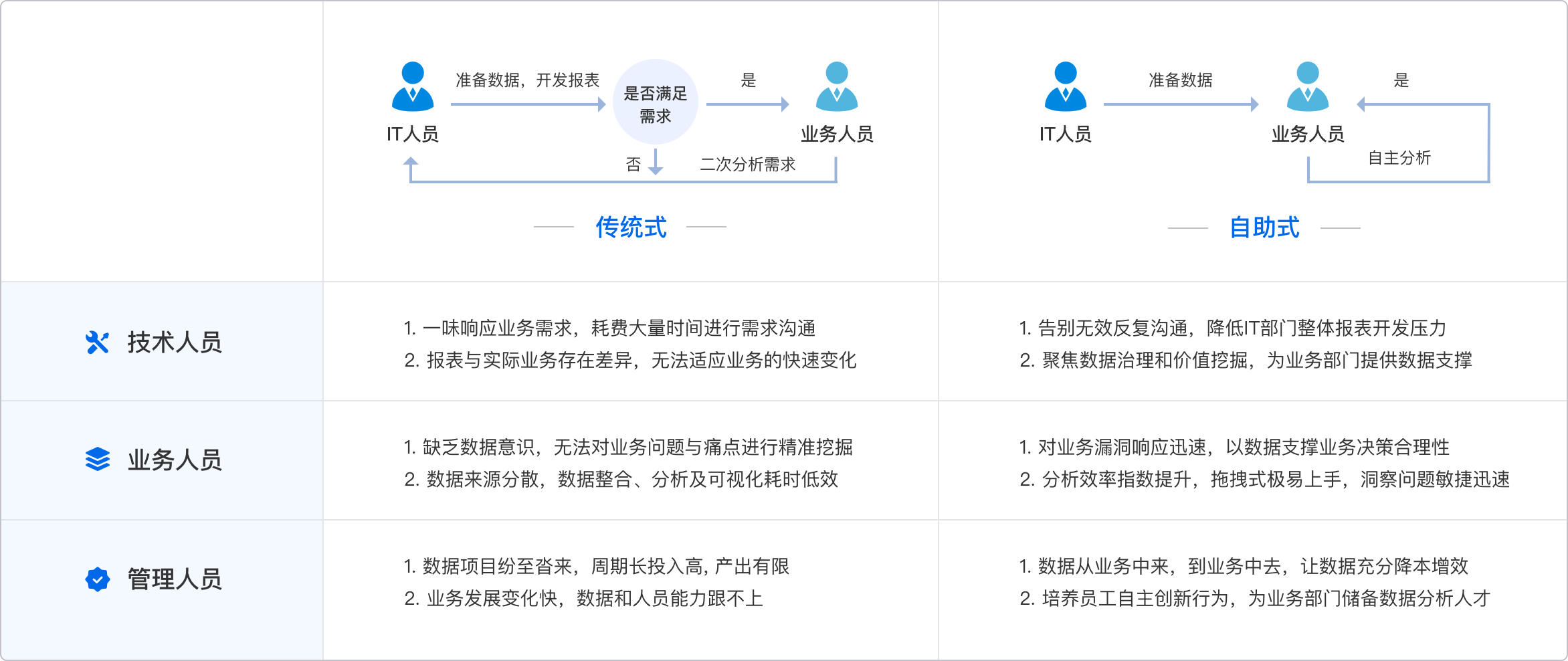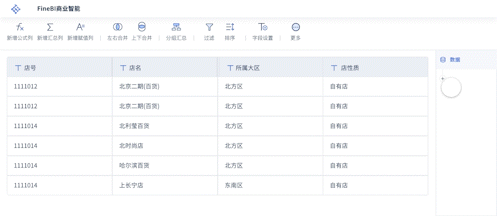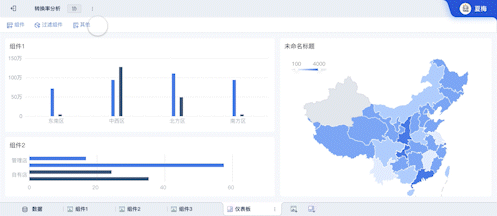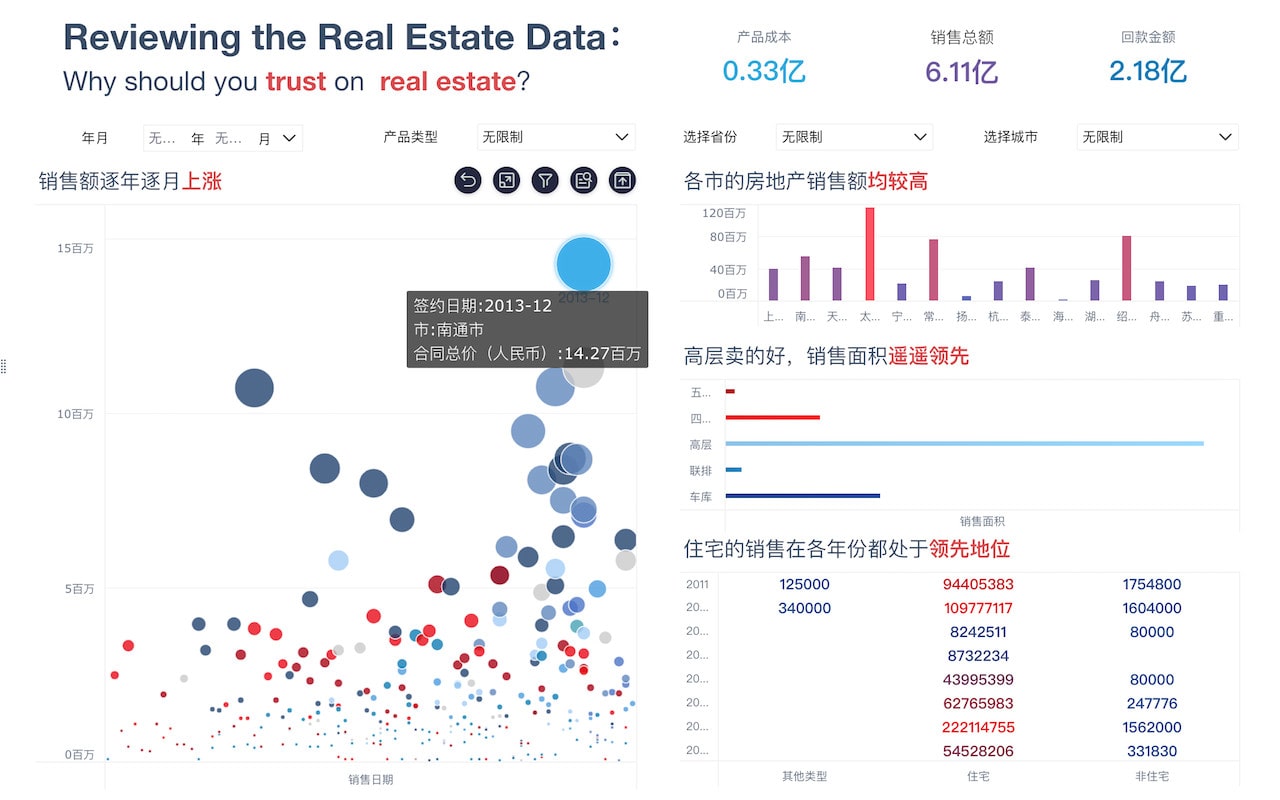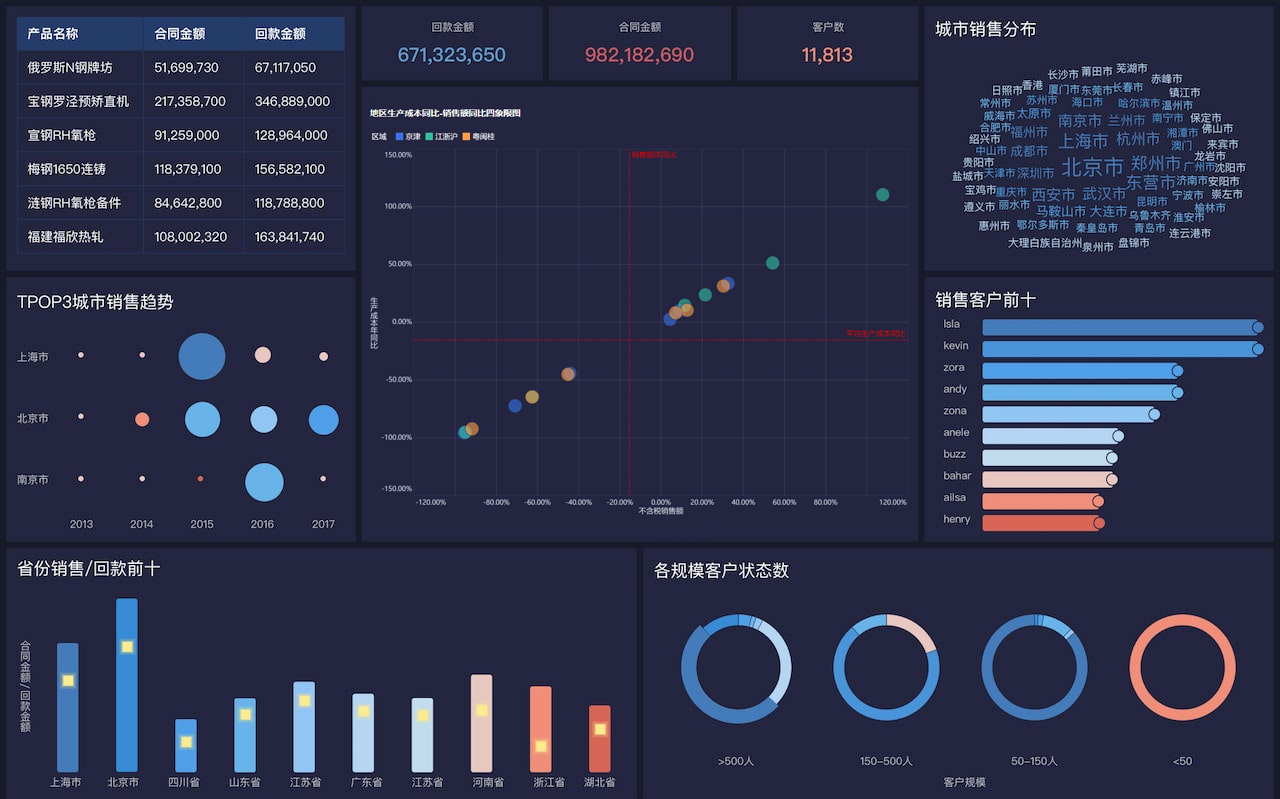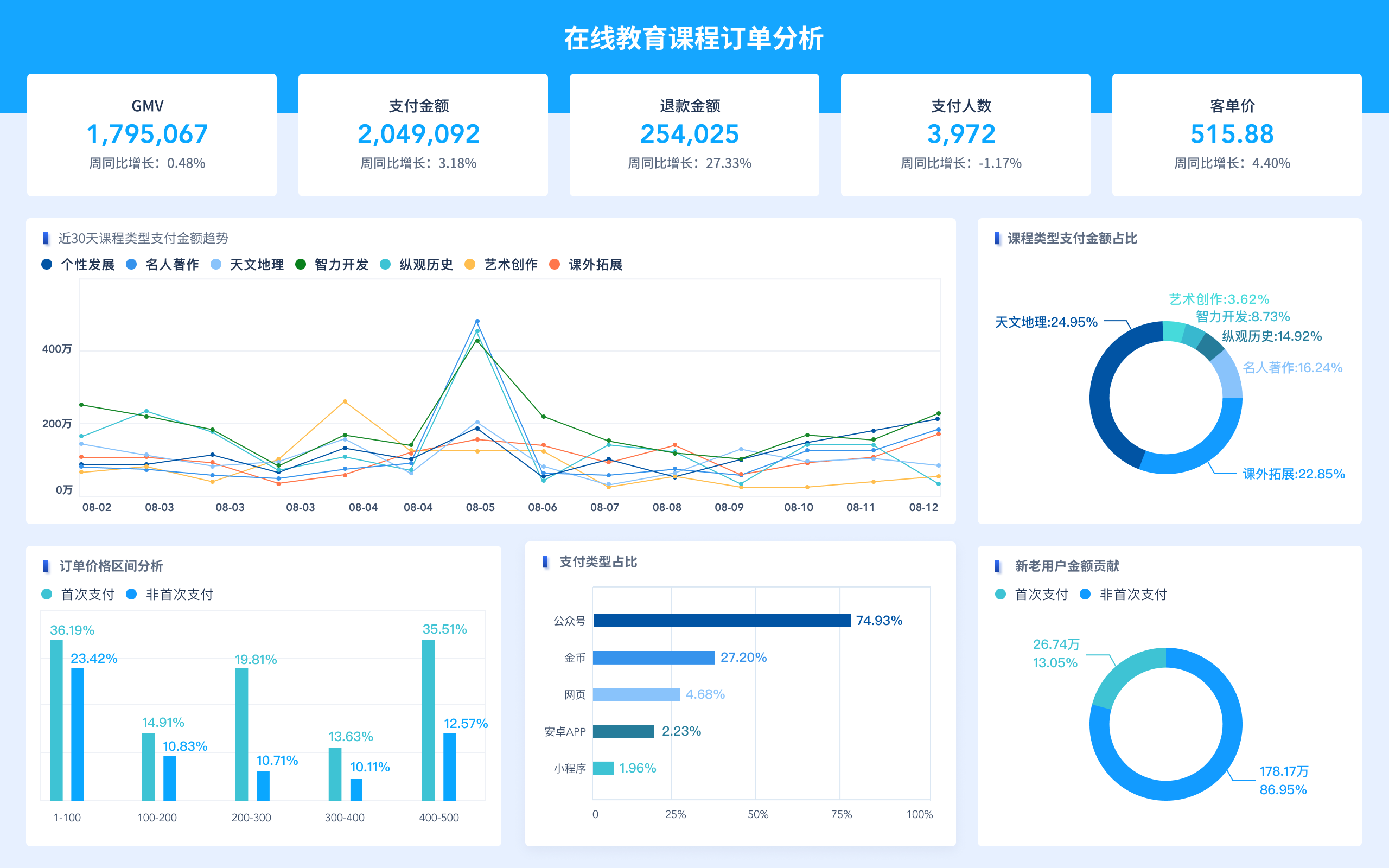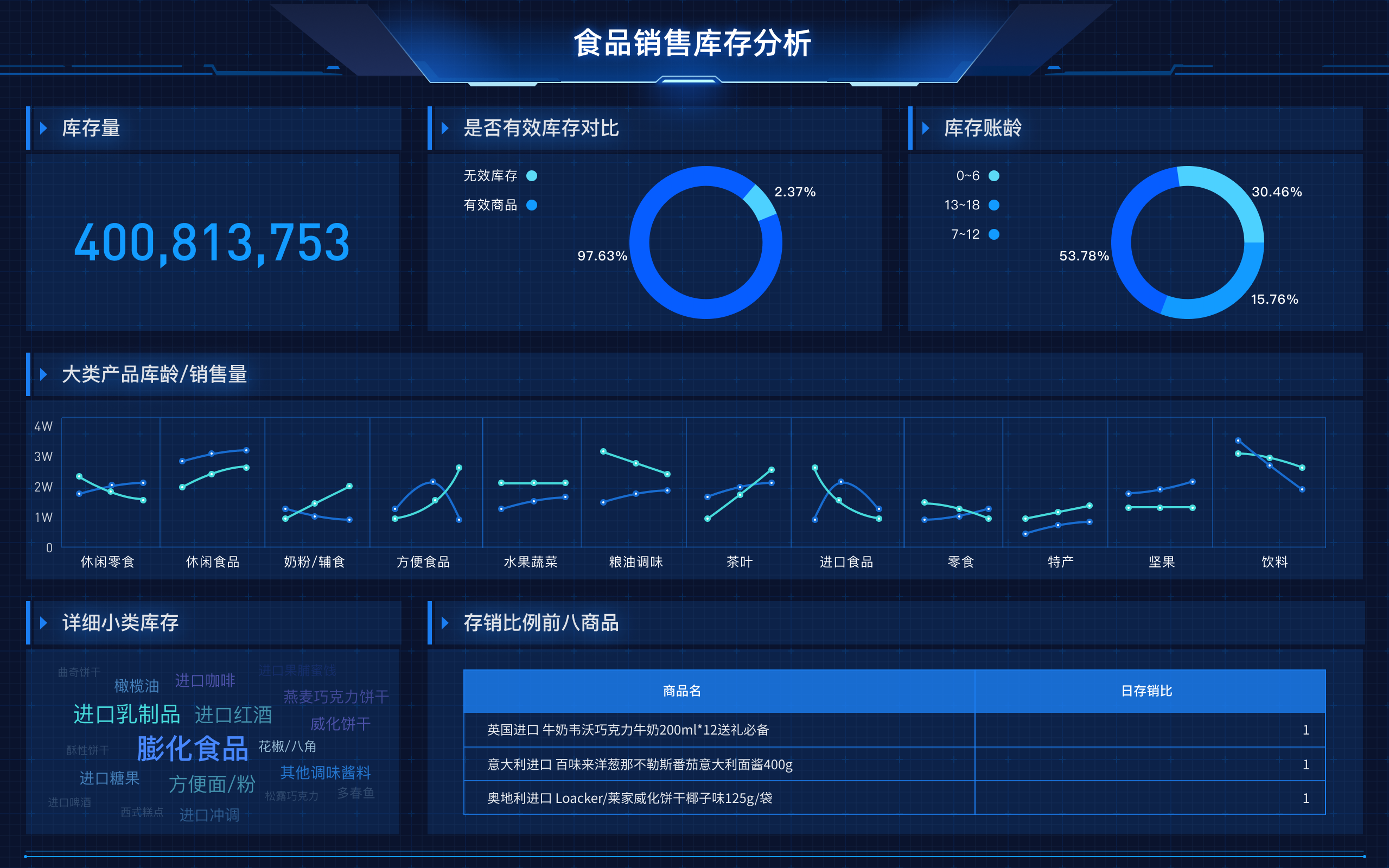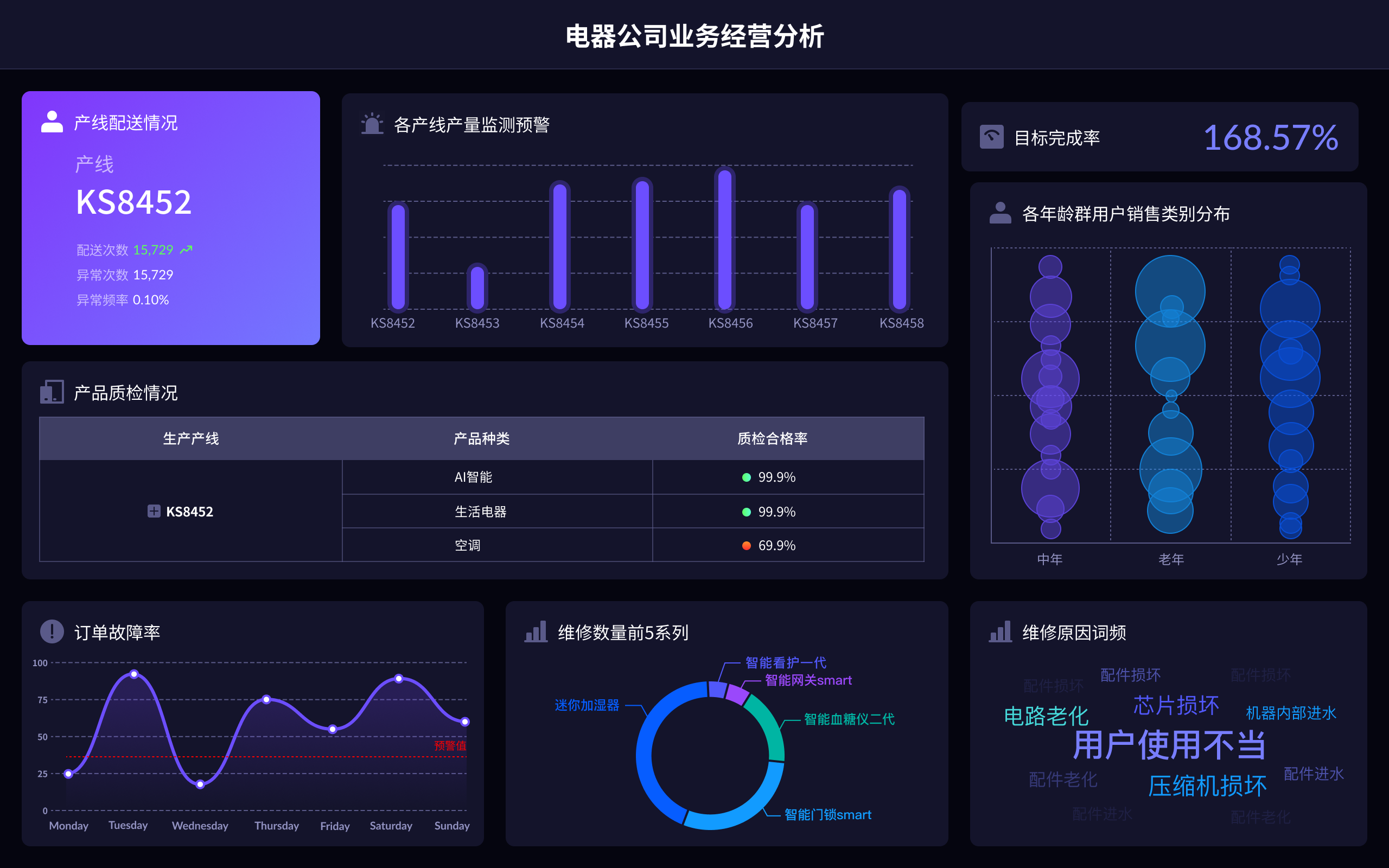
The advantages and disadvantages of big data analysis can be summarized as follows: Advantages include improved decision-making, enhanced customer insights, operational efficiency, and competitive advantage. Improved decision-making is vital because big data provides real-time insights, allowing businesses to make data-driven decisions swiftly. By analyzing large datasets, companies can identify patterns and trends that were previously unnoticed, leading to more informed and strategic decisions.
一、IMPROVED DECISION-MAKING
Improved decision-making is one of the most significant advantages of big data analysis. With the vast amounts of data available, businesses can make more informed decisions based on real-time information. This reduces the reliance on intuition and guesswork, resulting in more accurate and effective business strategies. For example, retailers can use big data to track customer behavior and preferences, enabling them to tailor their marketing efforts to specific demographics and improve sales. The ability to analyze data quickly and accurately allows businesses to respond to market changes and consumer demands more efficiently, giving them a competitive edge.
二、ENHANCED CUSTOMER INSIGHTS
Enhanced customer insights are another major benefit of big data analysis. By collecting and analyzing customer data, businesses can gain a deeper understanding of their target audience. This includes insights into customer preferences, buying habits, and feedback. With this information, companies can create personalized marketing campaigns, improve customer service, and develop products that better meet customer needs. For instance, streaming services like Netflix use big data to analyze viewer behavior and recommend content that aligns with individual preferences, thereby increasing user engagement and satisfaction.
三、OPERATIONAL EFFICIENCY
Operational efficiency is greatly enhanced through the use of big data analysis. By analyzing operational data, businesses can identify inefficiencies and areas for improvement. This can lead to cost savings, streamlined processes, and increased productivity. For example, manufacturing companies can use big data to monitor equipment performance and predict maintenance needs, reducing downtime and improving overall efficiency. Additionally, supply chain management can benefit from big data by optimizing inventory levels, reducing waste, and ensuring timely delivery of products.
四、COMPETITIVE ADVANTAGE
Gaining a competitive advantage is a crucial benefit of big data analysis. Companies that effectively leverage big data can stay ahead of their competitors by identifying market trends, understanding consumer behavior, and making data-driven decisions. This proactive approach allows businesses to innovate, adapt to changes, and capitalize on new opportunities. For example, financial institutions use big data to detect fraudulent activities and mitigate risks, giving them a competitive edge in the market.
五、PRIVACY CONCERNS
Privacy concerns are a significant disadvantage of big data analysis. The collection and analysis of vast amounts of personal data raise ethical and legal issues related to data privacy and security. Consumers are increasingly concerned about how their data is being used and protected. Businesses must ensure they comply with data protection regulations, such as the GDPR, and implement robust security measures to safeguard customer information. Failure to address privacy concerns can result in legal penalties, loss of customer trust, and damage to a company’s reputation.
六、DATA QUALITY AND ACCURACY
Data quality and accuracy are critical challenges in big data analysis. Inaccurate or incomplete data can lead to incorrect conclusions and poor decision-making. Ensuring data quality requires significant resources, including time, technology, and skilled personnel. Businesses must invest in data cleansing and validation processes to maintain the accuracy and reliability of their data. For example, healthcare providers rely on accurate patient data to make informed medical decisions, and any errors in the data can have serious consequences.
七、COSTS AND RESOURCES
The costs and resources required for big data analysis can be a disadvantage for some businesses. Implementing big data solutions involves significant investments in technology, infrastructure, and talent. Small and medium-sized enterprises (SMEs) may find it challenging to allocate the necessary resources for big data projects. Additionally, the ongoing maintenance and management of big data systems can be costly. Businesses must carefully evaluate the return on investment (ROI) of big data initiatives to ensure they are financially viable.
八、COMPLEXITY AND SKILL GAPS
The complexity of big data analysis and the skill gaps in the workforce are notable disadvantages. Big data projects require specialized knowledge in data science, analytics, and technology. There is a growing demand for skilled professionals who can manage and analyze large datasets effectively. However, the talent pool is limited, and finding qualified personnel can be challenging. Businesses may need to invest in training and development programs to bridge the skill gaps and build a competent team capable of handling big data projects.
九、DATA SILOS
Data silos pose a significant challenge in big data analysis. Data silos occur when data is isolated within different departments or systems, preventing a comprehensive view of the organization’s data. This fragmentation can hinder data integration and analysis, leading to incomplete insights and suboptimal decision-making. Businesses must work towards breaking down data silos by implementing integrated data management solutions and fostering a culture of data sharing and collaboration across the organization.
十、FUTURE TRENDS AND OPPORTUNITIES
Despite the challenges, the future of big data analysis holds promising trends and opportunities. Advancements in artificial intelligence (AI) and machine learning (ML) are enhancing the capabilities of big data analytics, enabling more sophisticated and accurate insights. The increasing adoption of cloud computing is making big data solutions more accessible and cost-effective for businesses of all sizes. Additionally, the rise of the Internet of Things (IoT) is generating vast amounts of data, creating new possibilities for data analysis and innovation. As technology continues to evolve, businesses that embrace big data analysis will be well-positioned to thrive in the data-driven future.
For more detailed insights and to explore advanced big data analysis tools, consider using FineBI. FineBI is a leading business intelligence and data analysis tool that offers comprehensive solutions for data visualization and reporting. It is designed to help businesses make data-driven decisions with ease and efficiency. Learn more about FineBI and its features on their official website: https://s.fanruan.com/f459r;.
相关问答FAQs:
What are the advantages and disadvantages of big data analysis?
Advantages of big data analysis:
- Improved decision-making: Big data analysis allows businesses to make more informed decisions based on data-driven insights rather than gut feelings or intuition. This can lead to better strategies and outcomes.
- Increased efficiency: Analyzing large volumes of data can help organizations identify inefficiencies in their operations and processes, leading to cost savings and improved productivity.
- Enhanced customer experience: Big data analysis can provide valuable insights into customer behavior and preferences, allowing companies to personalize their products and services to better meet customer needs.
- Competitive advantage: Organizations that effectively leverage big data analysis can gain a competitive edge by identifying trends and opportunities before their competitors do.
- Innovation: Big data analysis can spark innovation by uncovering new patterns, correlations, and opportunities that may not be apparent through traditional analysis methods.
Disadvantages of big data analysis:
- Data privacy concerns: Collecting and analyzing large amounts of data can raise privacy concerns, especially if sensitive personal information is involved. Companies must ensure they are compliant with data protection regulations.
- Cost: Implementing big data analysis tools and technologies can be expensive, especially for small and medium-sized businesses. Additionally, hiring skilled data analysts and data scientists can add to the cost.
- Complexity: Big data analysis requires specialized skills and expertise to collect, process, and analyze data effectively. Organizations may face challenges in finding and retaining talent with the necessary skills.
- Data quality issues: Poor data quality can lead to inaccurate analysis and flawed insights. Organizations must invest in data quality management processes to ensure the data used for analysis is reliable and accurate.
- Security risks: Storing and analyzing large amounts of data can make organizations more vulnerable to security breaches and cyber attacks. It is crucial to implement robust security measures to protect sensitive data from unauthorized access.
In conclusion, while big data analysis offers numerous benefits in terms of decision-making, efficiency, customer experience, competitive advantage, and innovation, organizations must also be mindful of the challenges and risks associated with it, such as data privacy concerns, cost, complexity, data quality issues, and security risks. By addressing these issues proactively, businesses can harness the power of big data analysis effectively and responsibly.
本文内容通过AI工具匹配关键字智能整合而成,仅供参考,帆软不对内容的真实、准确或完整作任何形式的承诺。具体产品功能请以帆软官方帮助文档为准,或联系您的对接销售进行咨询。如有其他问题,您可以通过联系blog@fanruan.com进行反馈,帆软收到您的反馈后将及时答复和处理。


